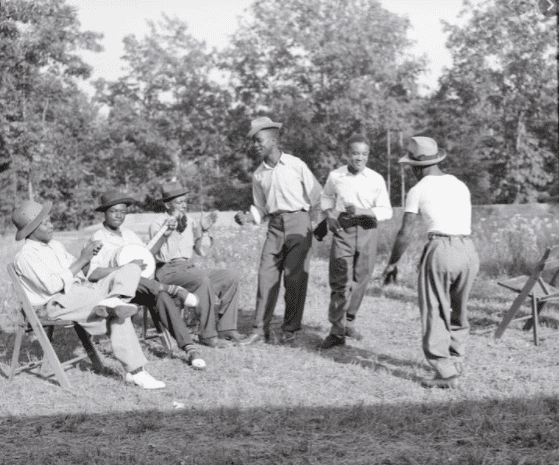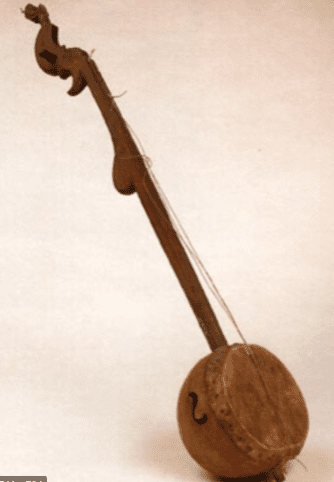
Go on google and search “Country music singers” or “banjo players”, now click images. The uncanny similarity between the result is that almost all of the people that appeared are white. In today’s society, it would seem about right. But a very common misconception of Country music is that it was a genre created by white people for white people. Once again, a component of Black culture was stolen and renamed and claimed by White Americans. So the genre of Country music that is inhabited with the stereotypes of white people wearing cowboy hats while playing the banjo and guitar and singing about things they love is an imposter. The origins of “Country Music” goes all the way back to the Trans-Atlantic Slave Trade. This is properly known as Folk Music.



Africans were forcefully taken from their homeland dating back to the late 16th century and brought to an unfamiliar country, now America. Culture, language, religion, and other aspects of the African lifestyle were attempted to be erased by the Europeans that captured them. Although a majority of the components of the African way of life were stripped away from them, there were some instances where there were African influences still present. The most prominent one was music. Ironically, during the voyage on the Middle Passage, the captains would force the slaves to play the banjo, sing, and dance. They claimed that it was a form of exercise and if not done, they would be whipped. Music was a staple in the everyday life of Africans before coming to America. Music was their way of expressing themselves. Whether they played instruments or sang, they ensured that when it was done they did it wholeheartedly.

Left image: Banjar (Early form of Banjo from Africa). Right video: Banjo Music
While in America, the enslaved Africans would sing, dance, and play instruments like the banjo to distract and relieve themselves from the situations they were in. Whether they were working or congregating, they would express their emotions through music. The development of work songs was the result of the Africans being tired and anxious for time to pass by, and the best way to do that was to sing the time away. The work songs would talk about the labor that they are performing and the yearning desire for the day to be over. Songs such as these would shine a light on them and motivate them to keep going.
Example of work song: Take this Hammer by Lead Belly
Another example of a work song from the film 12 Years a Slave.
Congregation was a time where the Africans could be free of the burden of their labor. These gatherings consisted of banjo and drum playing, singing, and dancing. The banjar (early form of banjo) was brought to America from Africa. The banjar players would sit around and play the strings while there were people sitting around and singing. This led to the popularity of singing styles like community singing and call and response within African American Folk Music. Community singing and Call and response were styles that originated in Africa. The African- Americans during this time period enjoyed having gatherings where they would play instruments, sing, and dance to be remotely free. But by the mid 1700’s most loud instruments were banned in the South because it was believed that “instruments that could be used effectively to communicate over long distances were viewed by slaveholders as potential threats to the system of slavery” (Burnim and Maultsby 6). This did not stop our people from having a good time, so they developed hamboning and pattin juba, where they used their bodies as their instruments.
Danny “Slapjazz” Barber Hamboning
Danny “Slapjazz” Barber Hamboning
Example of Pattin’ Juba
The origin of African American Folk Music is very crucial and should not be forgotten or overruled by societal stereotypes and lies. Europeans attempted to take away our culture by creating “country music”. They tried to take the minute amount of items we had like instruments. But, our ancestors’ perseverance led to the development of things like pattin juba and community singing. There were attempts of our culture being stolen but we will continue to thrive.
Burnim, M. V., & Maultsby, P. K. (2015). The Transatlantic African Cultural and Musical Past. In African American music: An introduction (2nd ed., p. 4). New York: Routledge.
www.youtube.com/watch?v=BkZRyMtgA
www.youtube.com/watch?v=cTnWWiex7DUc
www.youtube.com/watch?v=QVZMJrtTcXI
www.youtube.com/watch?v=85mDyWCgHy0
www.youtube.com/watch?v=zcJ6Wxdcj-E

Login to your account